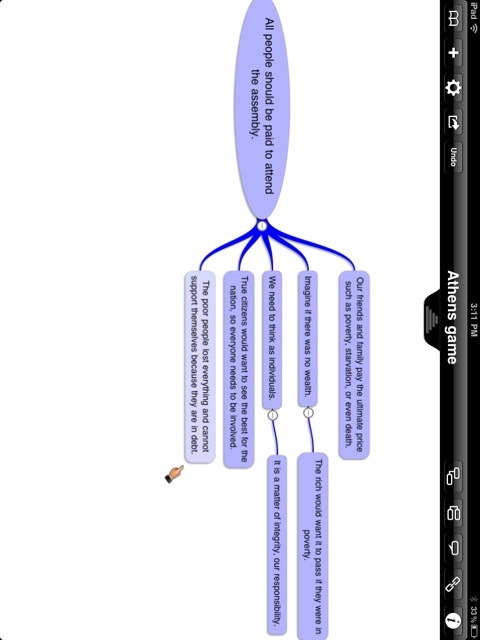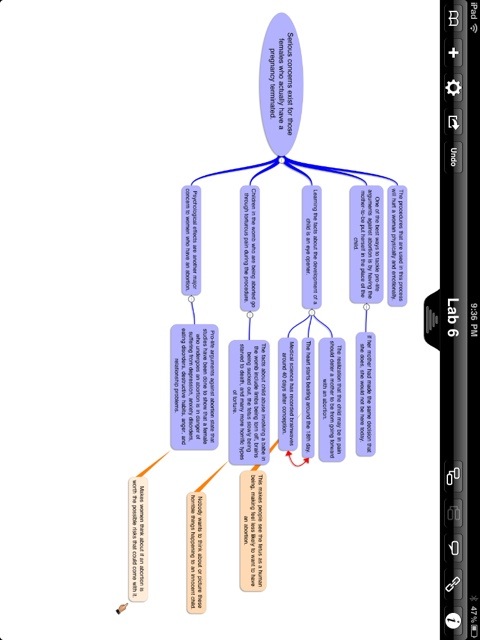In the chapter entitled YouTube and the Mainstream Media, Burgess and Green talk about YouTube being a “new site of media power” (15). They describe it as a place where any individual can post videos about whatever matter they so desire, no matter the value of the content. But this is why some people are worried about cyberbullying or misuses of the site because basically anything legal can be posted. There are also worries over copyright infringement and piracy. Along with the concerns, there are also many positive notions about YouTube being used as a source of broadcasting. According to the authors, YouTube is a site where “the user community engages actively in negotiating and contesting social norms of participation” (21). This means that there is a two way stream of communication where the YouTube community can comment on videos and discuss various topics in relation to the posts. It creates a sense of coming together for the users where they can actively participate in giving feedback about the videos.
This is different from other forms of broadcasting where people are only able to see or hear the information presented with no way to discuss with other people on the topic. Also, YouTube seems to be a lot more informational or even nonsensical information, where as other forms of broadcasting are often polished up before the information is presented. One other big difference in function between the two is that which is “most noticeably absent from most mainstream media accounts of amateur and everyday content creation: the idea that the motivation for this activity might have at least as much to do with social network formation or collective play as it does self-promotion. With YouTube, on the other hand, people are usually creating videos solely for self-promotion purposes.
Within the past decade, “YouTube has been mythologized as literally a way to ‘broadcast yourself’ into fame and fortune” (22). It seems that if an ordinary person puts out a video that becomes popular for a talent or even something meaningless, that person could be on their way to becoming a star in the media world. This stardom does not go beyond the world of media buzz, though, and ongoing participation in online posting has to be achieved in order to remain popular.
The distinction between different forms of broadcasting methods matters to Burgess and Green because of worries over copyright infringement. There have been battles with different sites such as Hulu and Viacom in relation to YouTube. But it has to be acknowledged that “YouTube needs to be understood as both a business… and as a cultural resource co-created by its users” (35). Because it is a site created by users, the business has no way to know what will and will not be posted. The site is one for creative productions and needs to be distinguished from the company’s efforts when arguing over the battle of copyright infringement.













